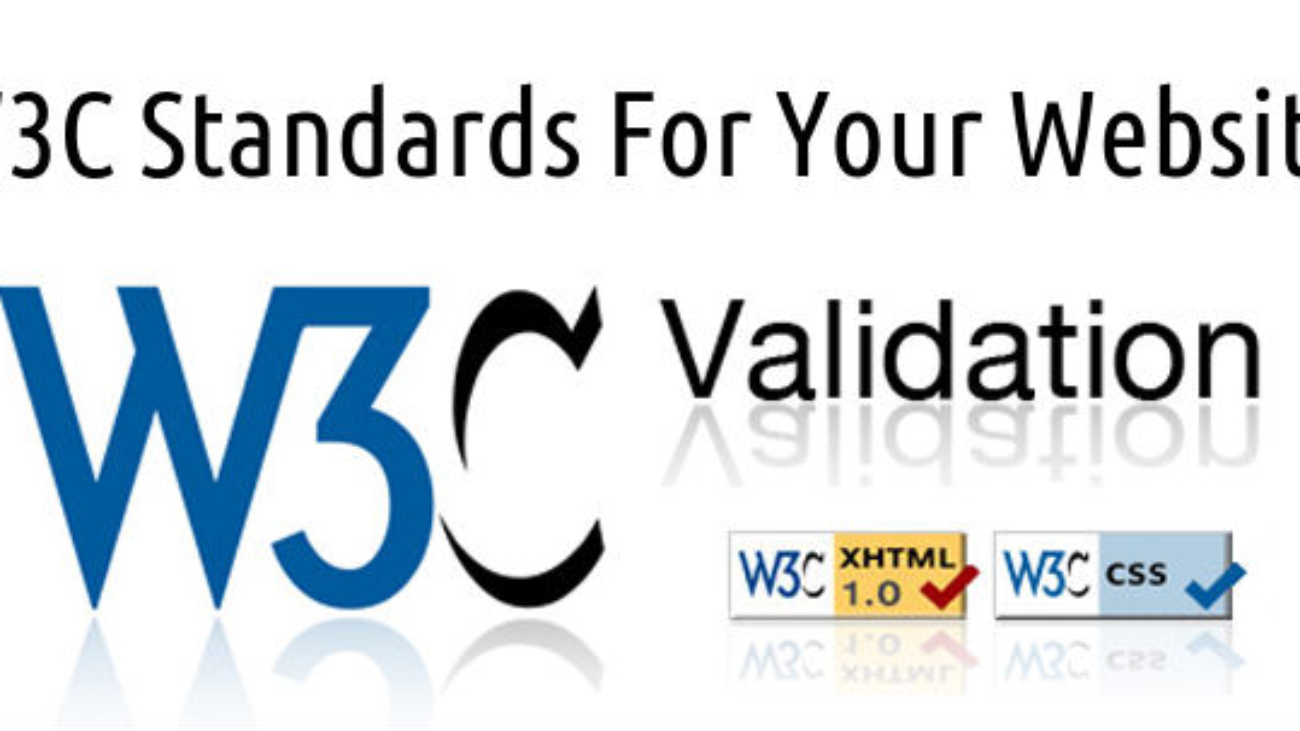A lot of UX Design Companies have only just ventured into the arena about a few years ago. The importance of how important UX is to add to the customer experience was taken up by a few companies. UX or User Experience is an important part of any design as it is the thought process of how a customer thinks. It is responsible to make your product accessible, user-friendly and additionally give ease of transition for customers between their minds and the technology. Whenever you hire a company for a crucial job of UX designing, here is a roadmap that you can expect them to make for you in the period of the project.
Research and Discovery
This phase is the first, foremost and the most important one as it determines the goal and objectives of the project. It defines how your product will look, work and be implemented. This phase is out of the confines of financing and requires the team to set certain milestones. When you are in such a product discovery phase, certain deliverables that you can definitely expect are:
- User experience research
- Product discovery
- Brand positioning
- Defining propositions of value
- Identification of key differentiators
This phase can also be used for defining and establishing targets and benchmarks, performance parameters to ensure that the product is aligned with the vision of the client and the production. This is the best place to start if you have an idea and you are planning to ask for finding the project.
Production
This phase is when all the objectives and goals come together to form a tangible outcome. This determines the credibility of the company as they work towards burning an idea and a few notes into tangible designs and wireframes. The phase is important as you turn all the hypothesized environments and try to create those physically to achieve the desired results. During this phase the certain deliverables that can be expected of the user experience (UX) are:
- Information architecture (IA)
- Interaction design (IxD)
- Taxonomy
- Defining user journeys and flows
- Low to high fidelity wireframing
- Usability testing
- Rapid prototyping
During this process, you will get a chance to observe whether your designer is up to date and skilled in the tools required to do the job. It will tell you how better are they able to reach the targets and schedule assigned to them. You wouldn’t want the product in the process of production forever. Moreover, the UX designer has to closely work with the User Interface designer (UI) who is responsible for converting the designs into a physical product. If at all the UX designer is not up to the standards, a lot of work falls upon the shoulders of the UI designer who then has to double up. This can affect the result of the end product.
Redefining
Once we are done with establishing project goals and production, you are well versed in how things should be by the end and so this phase is not that difficult. In this phase most of the time is spent in A/B testing, UX and UI scrutiny, drop-offs, understanding where the consumers have a problem understanding your product. Once you have done all of this in redefining a few aspects one can expect from the UX department are:
- User experience audit
- Redefined function
- Improving usability
- Introduction of new user functions
- Reconciling usability and affordability
Post this, what you can do is to see if the visual and physical interaction of your product needs some tweaking. You can go through it again to get some features or visuals added. You can use it to make customized product internationally or locally based on how much you want to expand your business.
About the author:
Win Infosoft is a Digital Marketing firm with years of experience in providing the best possible services in PPC, SEO, SMM, UX, UI designing Website and App developments. We have successfully completed several UX Design projects and have years of expertise. If you are looking for someone for UX Designing, contact us today.



